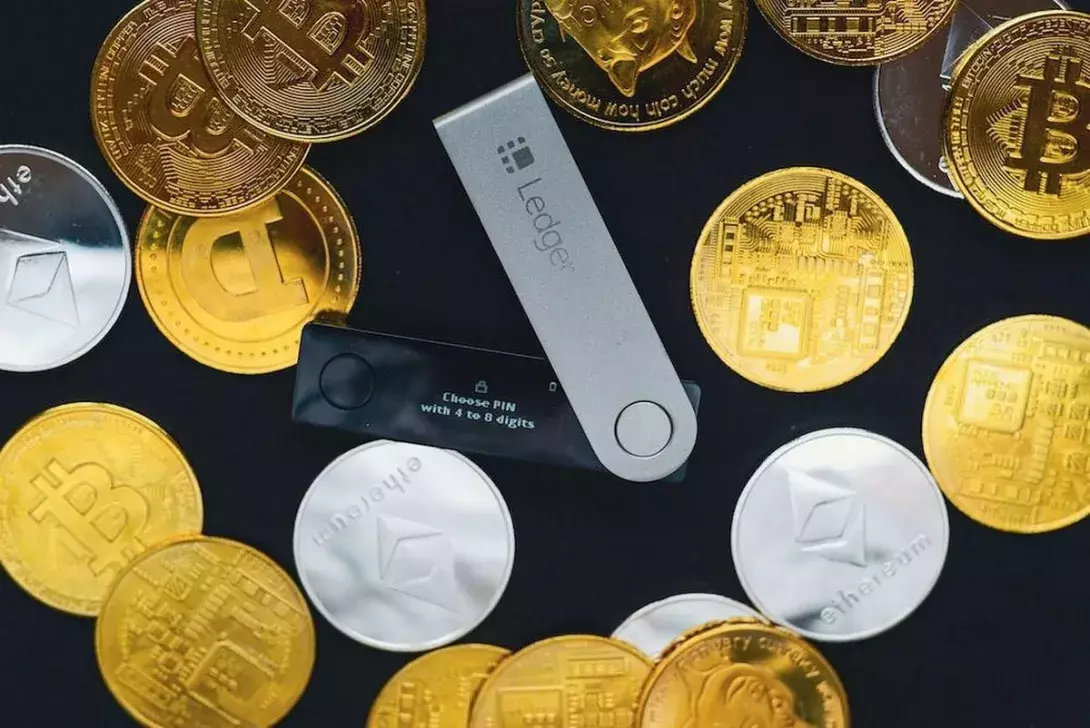Latest news about Bitcoin and all cryptocurrencies. Your daily crypto news habit.
By Zain Jaffer
If you have taken a basic Economics class, you have seen a price curve that features both demand and supply. The curve generally slopes downward from left to right. This means that as the price rises, the demand falls if the supply is constant. This makes sense because we all have limited amounts of money and all our purchased items and services must compete for that limited pool.
There is however a different class of items called Veblen goods. A Veblen good has a curve that slopes in an upward curve from left to right, meaning as the price rises more people want to have these goods. This is the opposite of the normal price curve.
The main difference is that Veblen goods are generally aspirational luxury items like watches, sportscars, and handbags. Generally, Veblen goods are status symbols that signal to others that a holder has made it financially in life. We all want to keep up with the Joneses. If we are the Joneses, we want to stay atop the social ladder and show that we have items that "ordinary" people do not own.
So where do Bitcoin and crypto fit in the Veblen definition? It does not quite fit cleanly, but some characteristics satisfy the definition. Bitcoin and crypto indeed attract more buyers when prices go up. However the Internet actually makes both accessible to affluent investors on Wall Street, but also your common investors from all over the world. Many of the first people who have become rich with Bitcoin and crypto, aside from the early adopters, are those who did not analyze it too much and bought it without much thought. The same can be said of luxury goods. People not part of the old rich (or nouveau rich) often buy luxury items to show the world they have also become successful.
There is another way to look at this. Most (not all) Baby Boomers and Millennials would prefer tangible real-world assets they can touch. On the other hand, Generation X and Z are used to buying in-game digital assets. They have not formed attachments with rotary phones, analog LPs, and cassettes. They are at home hailing Uber cars or listening to music without owning those on Spotify. All that is to say that they are more comfortable with being digital natives, not necessarily tethered to physical ownership. To Boomers and Millennials, Bitcoin and crypto might not be aspirational, but to many younger digital-savvy persons it is. It is all relative.
So in a way, if you replace the definition of Veblen goods that it becomes a status symbol with the ability of digital assets to identify you as part of a younger generation, then the definition could apply. Veblen in this case means that to own Bitcoin and crypto, aside from the price and financial return considerations, is also a mark of membership to a new kind of digital asset club. In other words, Bitcoin and crypto can be Veblen to one group of people, but not to another.
In the end, we may need to have new economic paradigms for digital crypto assets. Perhaps ultimately, old definitions no longer apply and we must create new ones.
Author Bio
Zain Jaffer is an accomplished entrepreneur and investor, actively involved in a range of investments including real estate, technology start-ups, private equity, and digital assets through his family office, Zain Ventures. He also supports underrepresented causes and underserved communities through the Zain Jaffer Foundation.
Disclaimer
The views and opinions expressed in this article are solely those of the authors and do not reflect the views of Bitcoin Insider. Every investment and trading move involves risk - this is especially true for cryptocurrencies given their volatility. We strongly advise our readers to conduct their own research when making a decision.

